Rice vinegar, commonly used in Asian dishes for its tangy sweetness, may not always be available or suitable for everyone. Here I share some great alternative options that take into account factors like availability and preferences. What will be the best alternative for your next recipe?
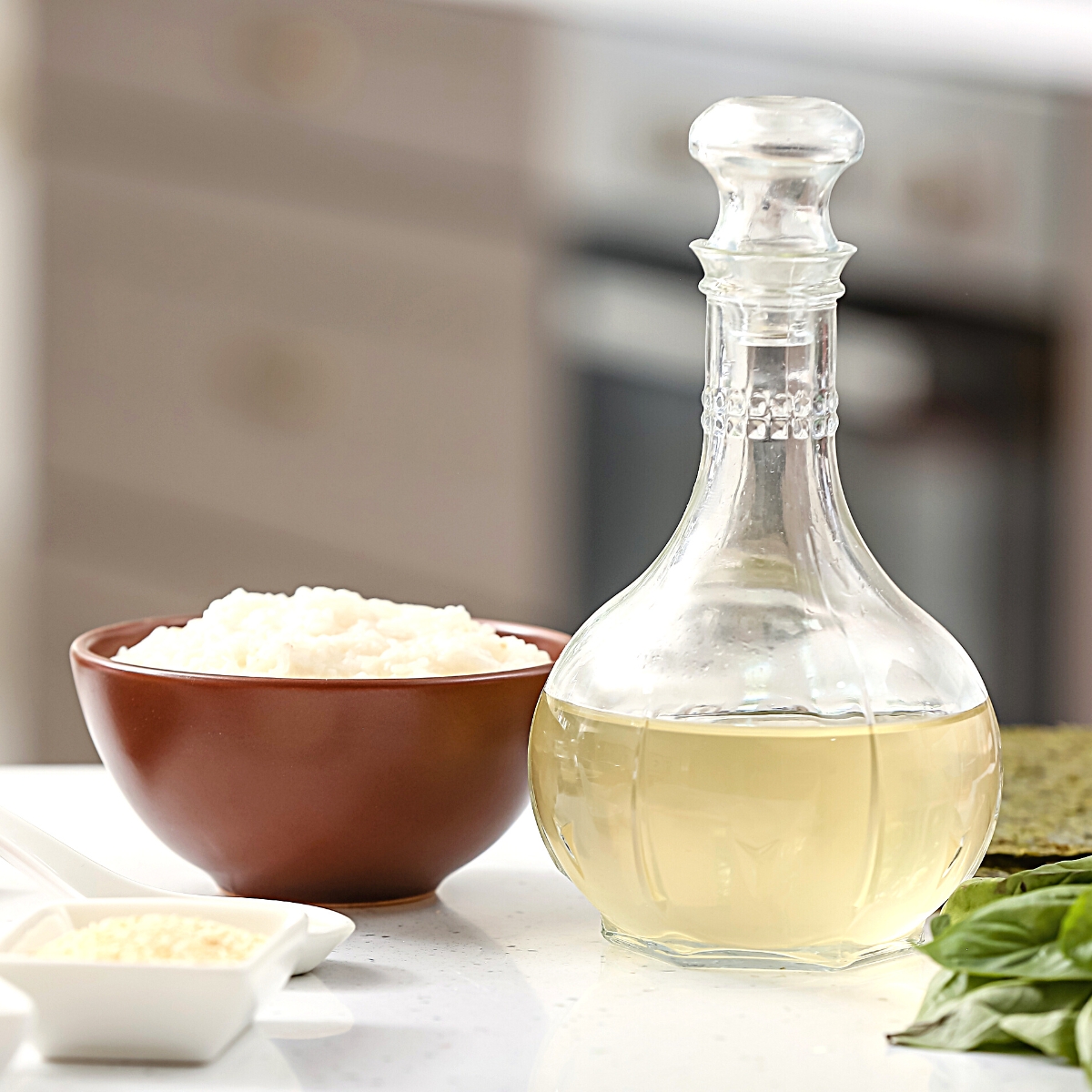
Jump to:
🌾 Grain Highlights
- Explore a range of substitutes for rice vinegar, ideal for various cuisines and flavor preferences. In my list I include DIY options and unique vinegar varieties too, so you can select what best suits your taste!
- Learn how to make your own rice vinegar at home with simple ingredients. Customizing the flavor and acidity allows for freshness and quality, enhancing your dishes with a homemade touch.
- Understand the importance of balancing acidity and sweetness in substitute vinegars. Discover versatile options like apple cider vinegar and white wine vinegar, perfect for dressings, marinades, and sauces.
- Explore the world of unique vinegar varieties like champagne vinegar and coconut vinegar, offering delicate and tropical flavor profiles. Experiment with different substitutes to elevate your culinary creations with sophistication and flair.
1. DIY Rice Vinegar
If you're out of rice vinegar, consider making your own at home, although you will need to plan this well in advance! This substitute allows you to control the ingredients, ensuring freshness and quality. By fermenting cooked rice with water and optional additives like mother of vinegar or rice wine, you can tailor the flavor and acidity to your liking.
Strain out the rice and store the vinegar for future use. It works well in dressings, marinades, and sauces, adding a homemade touch to your dishes. Experiment with different types of rice and fermentation durations to achieve the perfect balance. check out the recipe card for detailed instructions.
If you're interested, I would urge you to read my article on rice wine substitutes to learn about diverse options that can elevate your cooking.
2. Apple Cider Vinegar
Apple cider vinegar offers a slightly fruity flavor with mild acidity, making it a versatile substitute for rice vinegar. Dilute it with water to reduce its intensity and mimic the milder taste of rice vinegar.
Balancing the acidity and sweet flavor is key, which is achieved by mixing it with water in recipes. This substitute pairs well with salads, coleslaw, and marinades, adding a subtle apple flavor to your dishes.

3. White Wine Vinegar
White wine vinegar has a clean, crisp flavor that closely resembles rice vinegar, as it has a mild sweetness to it. It's made from fermented white wine and enhances the flavor of dressings, sauces, and marinades.
Consider adding a touch of honey or sugar to balance its acidity and sweetness. I often use white wine vinegar in my homemade vinaigrettes. By adding a bit of honey, I can achieve the perfect balance of flavors, which really enhances salads that have a bitter note, like rocket or chicory.
4. Champagne Vinegar
Created from fermented champagne grapes, champagne vinegar offers a delicate flavor profile with a hint of sweetness. Its mild acidity makes it an excellent substitute for recipes requiring a subtle vinegar taste.
Try adding a touch of honey or agave syrup to balance its acidity. I recently used champagne vinegar in a seafood marinade and was thrilled with the results. It added a sophisticated touch to the dish, elevating it to restaurant-quality status. It definitely made it a great way to use up my holiday purchase!
5. Sherry Vinegar
Sherry vinegar is a fantastic option with a complex flavor profile that includes hints of nuttiness and caramelization. While it has a more pronounced flavor than rice vinegar, it can still be used as a substitute with slight adjustments.
It adds depth and richness to dressings, glazes, and reductions, particularly in Spanish and Mediterranean cuisines. I enjoy using sherry vinegar in a reduction sauce for roasted vegetables. It adds a depth of flavor that takes the dish to the next level, especially when a little feta cheese is crumbled on top at the end!
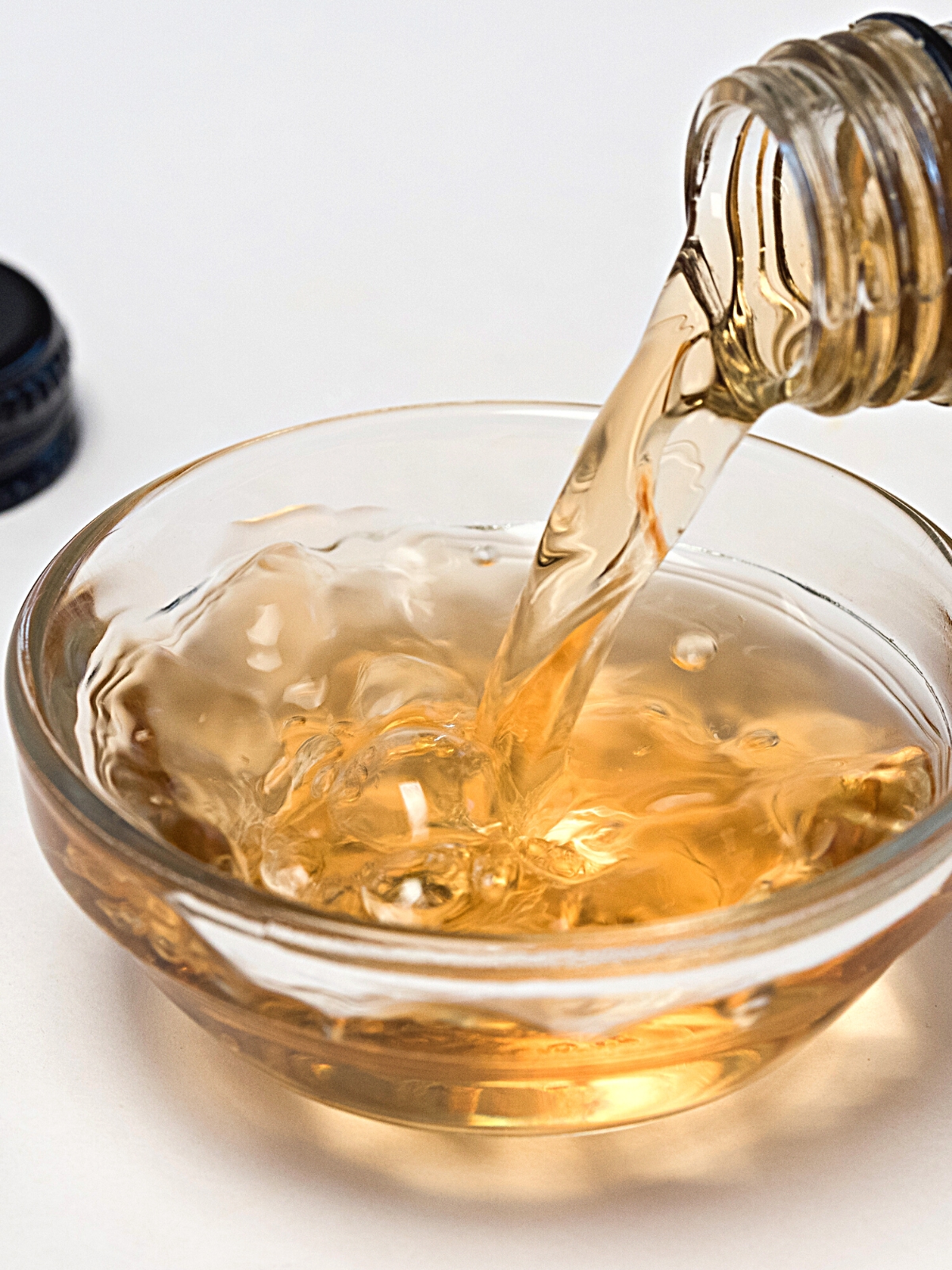
6. Malt Vinegar
Malt vinegar is made from fermented malted barley and is known for its strong, slightly sweet flavor with a hint of maltiness. It has a higher acidity compared to rice vinegar, making it a bold substitute in recipes, so I recommend diluting it with water to mellow out its intensity.
For example, you can use malt vinegar as a tangy dipping sauce when making fish and chips. Its robust flavor pairs perfectly with fried seafood, adding a punch of acidity to cut through the richness.
7. Mirin + Distilled White Vinegar
Mirin is a sweet Japanese rice wine that can be combined with distilled white vinegar to create a suitable substitute for rice vinegar. Mix mirin and white vinegar in equal parts to mimic rice vinegar's mild acidity and sweet flavor.
This combination works well in recipes that require a touch of sweetness, such as sushi rice or marinades. For instance, when preparing a teriyaki glaze for grilled chicken, you can use mirin and white vinegar as a flavorful alternative to rice vinegar. The sweetness of mirin balances the acidity of distilled white vinegar, creating a harmonious blend of flavors.
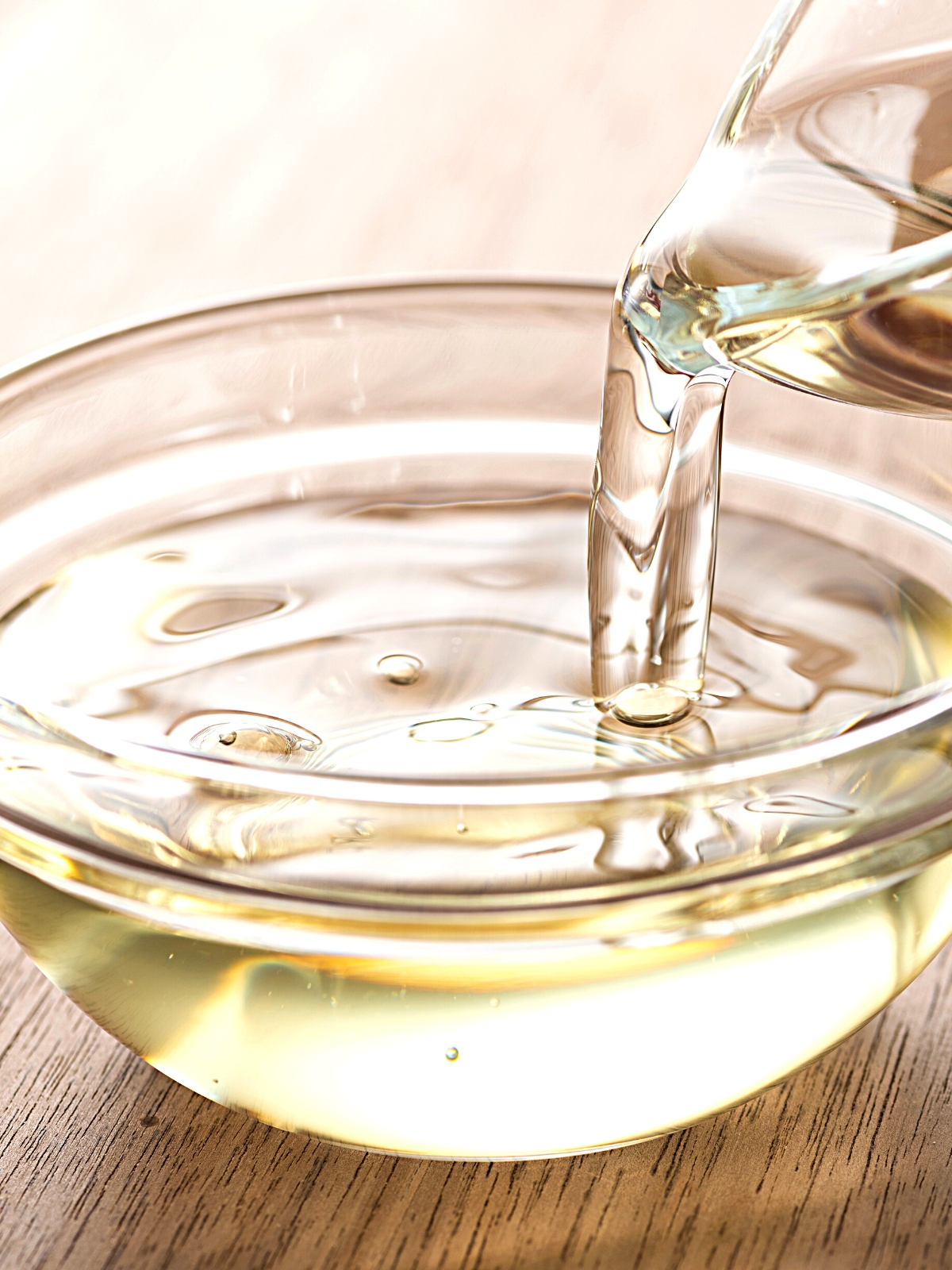
8. White Balsamic Vinegar
White balsamic vinegar offers a lighter and sweeter alternative to traditional balsamic vinegar. Created from the same grapes as traditional balsamic vinegar, white balsamic undergoes a unique process. While traditional balsamic ages for 12 years, undergoing caramelization for richness, white balsamic ages for 1-2 years, often pressure-cooked to maintain a lighter color and milder flavor.
When using white balsamic vinegar, you don't need to dilute it like other substitutes. It works well in salad dressings, glazes, and fruit-based sauces. For example, drizzle white balsamic vinegar over fresh strawberries for a simple yet elegant dessert. This is a staple in my kitchen, and as an Italian, I particularly enjoy it in summer salads!
9. Coconut Vinegar
Coconut vinegar is made from fermented coconut sap and has a slightly sweet and tangy flavor profile. It offers a unique twist as a substitute for rice vinegar, adding a hint of tropical flair to dishes. Coconut vinegar has a similar acidity to rice vinegar, making it a versatile option in recipes.
When using coconut vinegar, keep in mind its distinct flavor and adjust the seasoning accordingly. It pairs well with Asian-inspired dishes, such as coconut curry or Thai salads. For instance, when making a coconut-based curry, you can use coconut vinegar to add acidity and depth to the sauce, enhancing its complexity.
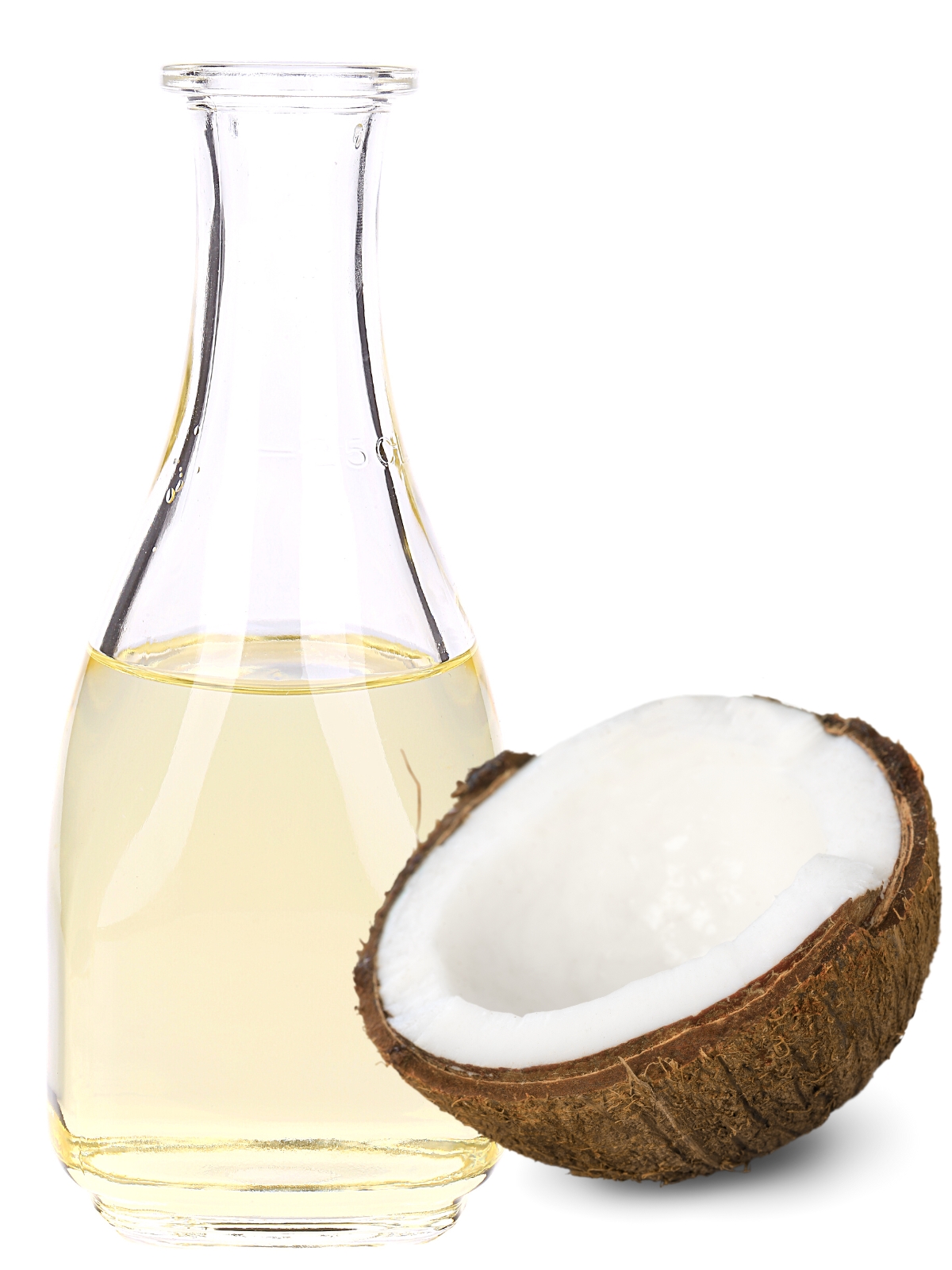
🙋♀️ People Also Ask [FAQs]
While vinegar is the traditional substitute for rice vinegar, you can try using citrus juice like lemon or lime juice if you're looking for a non-vinegar option. These citrus juices can provide a similar level of acidity and tanginess to your dish. You may also use the combination of citrus juices with a bit of sugar to balance the sweetness and acidity, mimicking the flavor profile of rice vinegar in your dish.
The timing of when to add the substitute vinegar depends on the recipe. In general, if the vinegar is being used for marinades or dressings, it's typically added at the beginning to allow the flavors to meld. However, if it's being used to deglaze a pan or add acidity to a sauce, it's added towards the end of cooking to preserve its freshness.
It's best to start with a slightly smaller amount of substitute vinegar than the recipe calls for and adjust to taste. Different types of vinegar have varying levels of acidity and flavor intensity, so using the same amount as rice vinegar may overpower your dish. Taste as you go and add more if needed to achieve the desired flavor balance.
More Rice Substitutes
🍽️ Recipe
DIY Rice Vinegar Substitute: A Homemade Alternative
Ingredients
- 2 cups uncooked rice preferably white or jasmine rice
- 1 to 2 ounces mother of vinegar or rice wine vinegar (optional)
- 34 ounces water 1 liter water
Instructions
- Start by cooking the rice according to package instructions. Allow the cooked rice to cool completely to room temperature.
- In a large glass or ceramic container, combine the cooled cooked rice with mother of vinegar or rice wine vinegar (if using). The mother of vinegar or rice wine helps kickstart the fermentation process, but it's optional.
- Pour the water into the container, covering the rice thoroughly. Stir the mixture gently to combine the ingredients.
- Cover the container with a clean cloth or paper towel and secure it with a rubber band or string. Place the container in a warm, dark place with a consistent temperature between 70-80°F (21-27°C) to ferment.
- Allow the mixture to ferment for about 2-3 weeks, stirring it gently every day to aerate and promote fermentation. During this time, the rice will undergo fermentation and transform into vinegar.
- After 2-3 weeks, taste the vinegar to check for acidity. It should have a tangy flavor similar to store-bought rice vinegar. If it's not acidic enough, let it ferment for a few more days, tasting it periodically until it reaches the desired acidity level.
- Once the vinegar has reached the desired acidity, strain out the fermented rice solids using a fine mesh strainer or cheesecloth, transfer the strained liquid to a clean glass bottle or jar, and store it in the refrigerator for up to 6 months.
Notes
- The duration of fermentation may vary depending on factors like temperature and rice type. Taste the vinegar periodically to gauge acidity levels and adjust fermentation time accordingly.
- While 2-3 weeks can be sufficient to achieve a basic level of acidity and flavor, a longer fermentation period can result in a more complex and developed vinegar.
- Ensure the container is securely covered with a clean cloth or paper towel to prevent contamination while allowing airflow for fermentation.
- Maintain a consistent temperature between 70-80°F (21-27°C) throughout the fermentation process to encourage optimal microbial activity.
- Always use a clean spoon to taste the vinegar, and don't double dip.




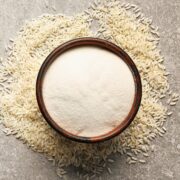

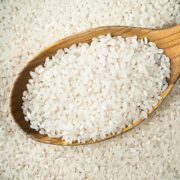
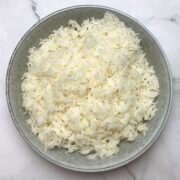
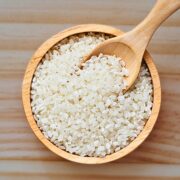
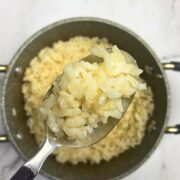


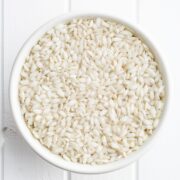

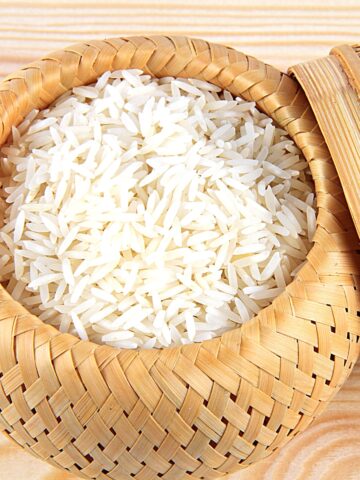
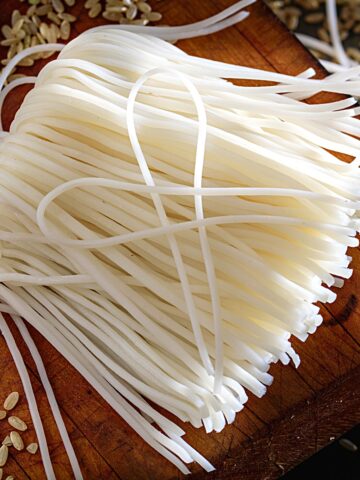
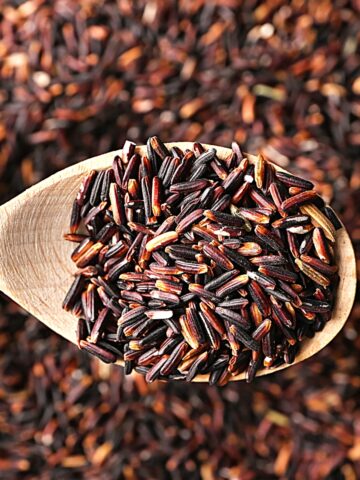
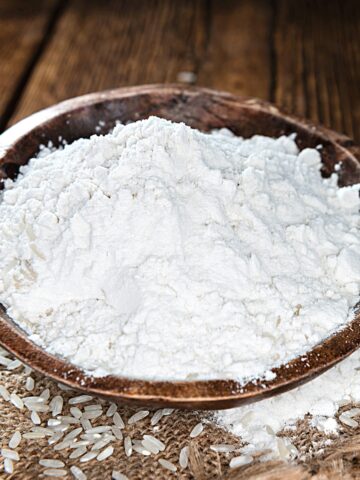
Maureen Dawe
what is mother of vinegar?
Elle John
Maureen, the "mother of vinegar" is a natural substance made from bacteria and cellulose that helps turn alcohol into vinegar through fermentation. It's not essential but can speed up the process. For more in-depth information, check out this resource from Tasting Table: Mother of Vinegar